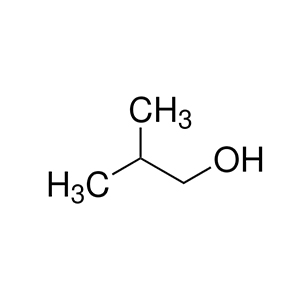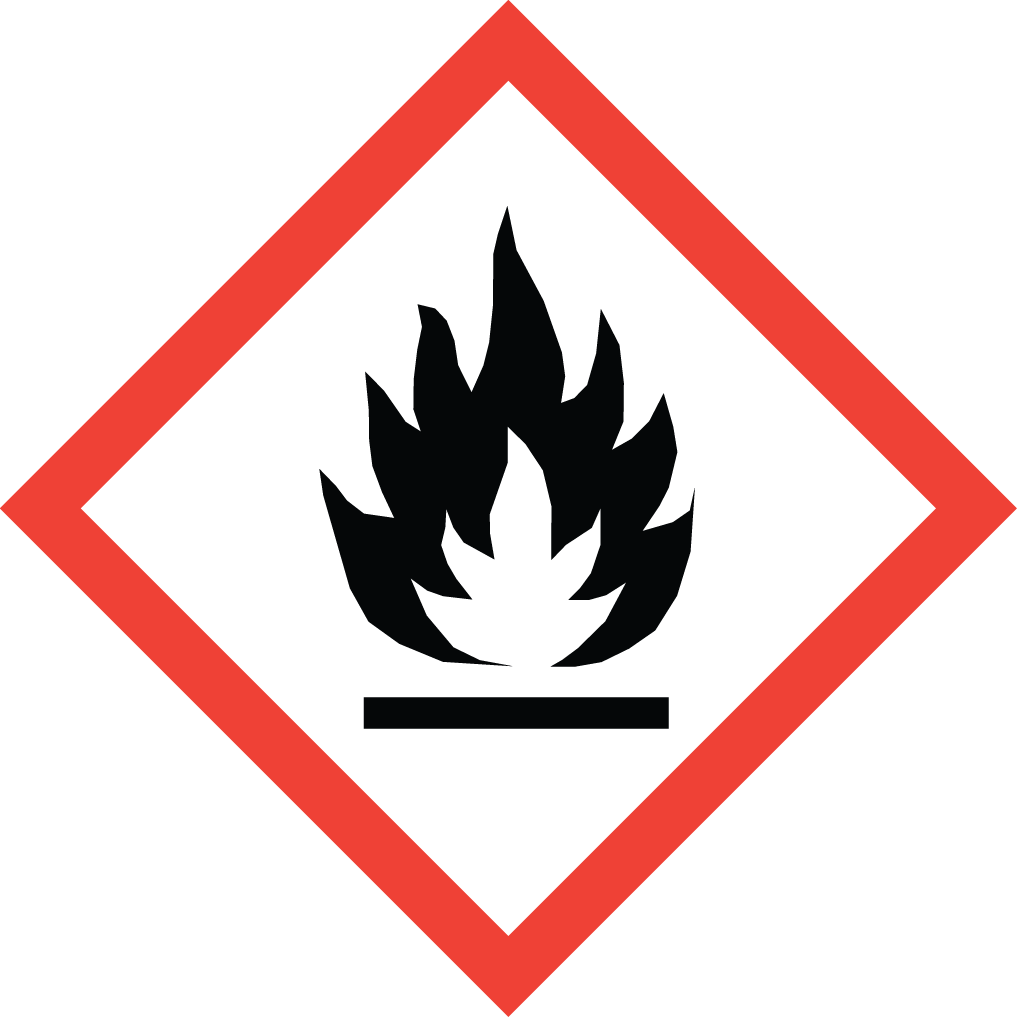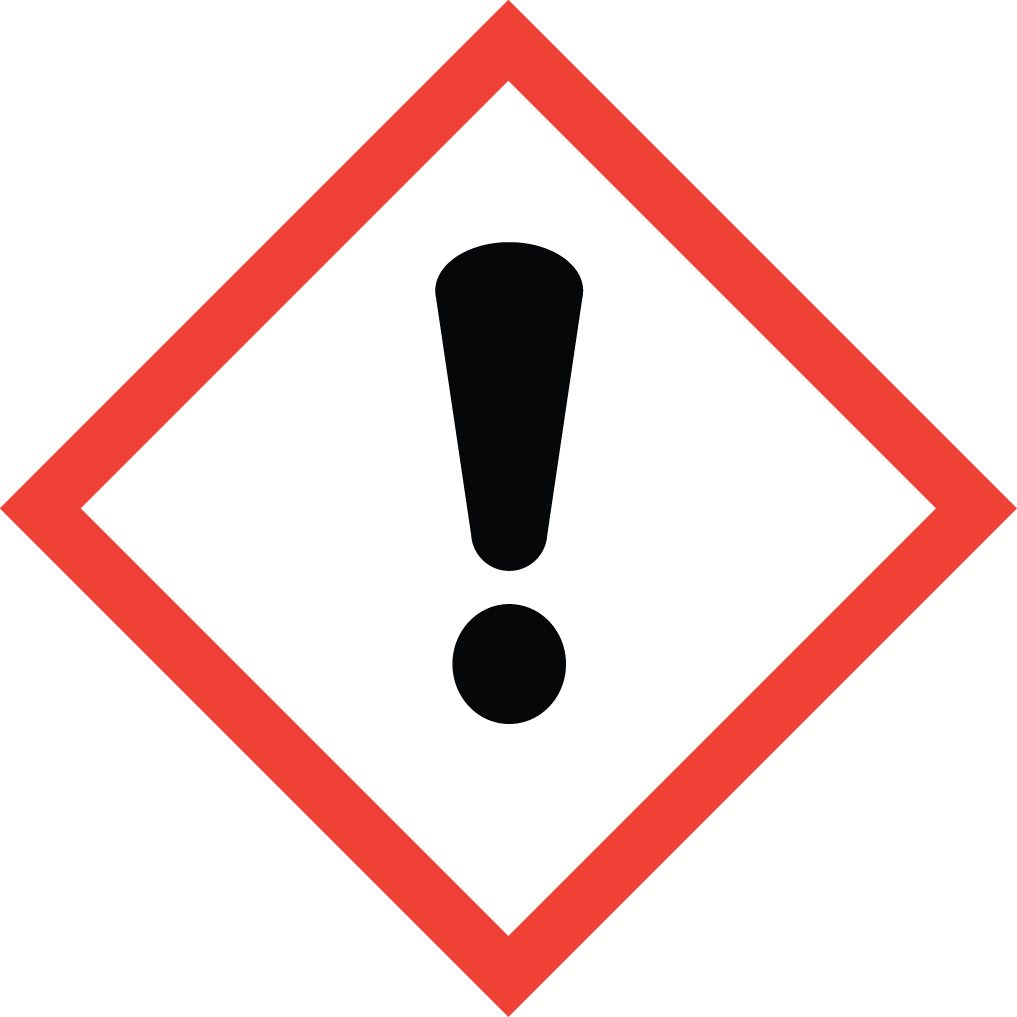Aure Chemical: Your Reliable Partner for High-Quality Isobutanol
Aure Chemical is a premier supplier of Isobutanol, also known as Isobutyl Alcohol (CAS 78-83-1). This four-carbon alcohol is a versatile chemical widely recognized for its excellent solvent properties and its role as a key intermediate in various synthesis processes. Our Isobutanol is meticulously produced to meet stringent quality specifications, ensuring consistent performance for your diverse applications.
Basic Information of Isobutanol
Isobutanol is a clear, colorless liquid with a characteristic odor. It's an isomer of butanol, distinguishing itself with its branched-chain structure. This structure contributes to its unique solvent power, vapor pressure, and miscibility characteristics, making it a preferred choice in many industrial formulations.
| CAS No.: | 78-83-1 |
|---|
| EC No.: | 201-148-0 |
|---|
| Linear Formula: | C₄H₁₀O |
|---|
| Molecular Weight: | 74.12 |
|---|
| Appearance: | Transparent Liquid |
|---|
| Melting Point: | -108 °C |
|---|
| Boiling point | 108 °C (lit.) 108 °C |
|---|
| Density: | 0.803 g/mL at 25 °C (lit.) |
|---|
| RIDADR: | UN 1212 3/PG 3 |
|---|
| Chemical Structure: |  |
|---|
Key Applications of Isobutanol
Thanks to its balanced properties, Aure Chemical's Isobutanol serves a broad range of industries:
Coatings and Paints: A common solvent for lacquers, enamels, and varnishes, improving flow, leveling, and gloss. It's also used as a latent solvent in nitrocellulose lacquers.
Inks and Resins: Utilized in the formulation of printing inks, as well as a solvent and modifier in the production of various resins, including urea-formaldehyde and melamine resins.
Chemical Intermediate: A crucial building block for synthesizing other chemicals like isobutyl acetate (a solvent), isobutyl acrylate (for polymers), and various plasticizers.
Adhesives and Sealants: Improves the application and drying characteristics of adhesive formulations.
Pharmaceutical and Personal Care: Found in some pharmaceutical preparations and cosmetic products due to its solvent properties.
Fragrances and Flavors: Used as a component or solvent in the production of certain fragrance and flavoring agents.
Why Choose Aure Chemical for Isobutanol?
Partnering with Aure Chemical means choosing reliability and excellence. We are dedicated to providing not just high-quality Isobutanol but also exceptional service and support. Our commitment includes:
Guaranteed Quality: Products that consistently meet or exceed industry standards.
Secure Supply Chain: Efficient and timely delivery to support your operational needs.
Customer Focus: A responsive team ready to assist with your specific requirements.
Safety & Compliance: Adherence to all relevant safety and environmental regulations.
Hazards Classification
GHS Classification: Flammable Liquid (GHS02), Health Hazard (GHS07)
Hazard Statements: Highly flammable liquid and vapor; causes serious eye irritation; may cause drowsiness or dizziness.
UN Number: UN 1212
Hazard Class: 3 (Flammable Liquids)
Packing Group: III
 GHS02: Flammable
GHS02: Flammable GHS07: Health hazard / Irritant
GHS07: Health hazard / Irritant
